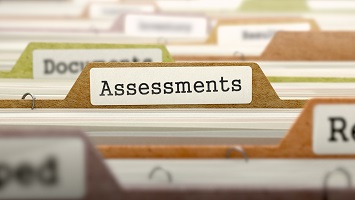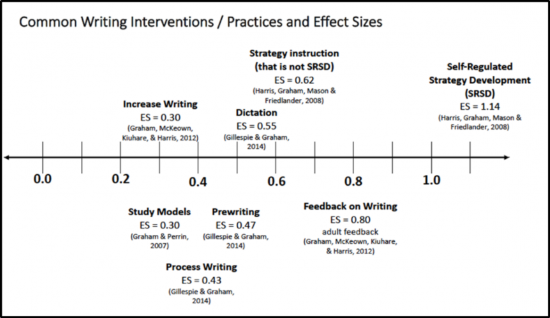 A major part of my job is to provide regional trainings for teachers of ELLs with Disabilities, or those ELLs who are at risk of being classified. A few common themes have arisen from these trainings: ELLs are having difficulty in literacy, ELLs have trouble with remembering vocabulary, and ELLs have trouble remember how to pronounce words, which makes their speech difficult to understand. All of these are major issues we face daily, and most begin with Phonological Awareness, which has been called the foundation of literacy.
A major part of my job is to provide regional trainings for teachers of ELLs with Disabilities, or those ELLs who are at risk of being classified. A few common themes have arisen from these trainings: ELLs are having difficulty in literacy, ELLs have trouble with remembering vocabulary, and ELLs have trouble remember how to pronounce words, which makes their speech difficult to understand. All of these are major issues we face daily, and most begin with Phonological Awareness, which has been called the foundation of literacy.
Phonological Awareness is the ability to recognize that words are made up of different sounds. Children that have strong phonological awareness can break words into their parts, recognize onset and rime, and play with rhyming words, among other skills. ELLs in general have a tough time with this skill — add in a language disability and the challenge becomes even greater. Research has indicated that weak phonological awareness leads to literacy problems. So, how can we help these students? What has been proven to work?
According to Antonacci and O’Callaghan (2012) “…early, systematic, explicit phonemic awareness instruction…” is the basis for helping our students with this skill. This means starting at the most basic level with phoneme isolation, moving from isolation to identifying phonemes. After students are able to identify the phonemes they need to be able to categorize, blend, and segment phonemes. These skills are essential to ELL’s understanding the language and the vocabulary; it is very difficult for a student to recognize words that he/she knows if the student cannot read the words accurately. What does explicit, systematic instruction look like?
The first piece of any effective intervention is data collection and progress monitoring. If you do not know exactly what your student needs how can you target your intervention? A pre-assessment can help here, and the Florida Center for Reading Research has some excellent resources for assessment and interventions. Once we know what our students need, we need to provide them with the explicit instruction of the skill we want them to obtain.
Hollingsworth and Ybarra (2013) give us a method that has been proven through research to work for teaching skills to ELLs. The most important points of the chapter on teaching skills to ELLs in the book are the following:
- Model the skill
- Ask checking for understanding questions that ask how we did it, not just what the answer is
- Use the “EDI Rule of two”, which tells us to model one problem, then guide the students through a similar problem. We do not model a problem then give the students a problem that looks different. We want them to develop the skill that we are modeling first. After we are certain they can complete that skill we move on to the next type of problem.
- Gradually release responsibility during guided practice so that students are able to do more of the work on their own
- Model good thinking in a think aloud and stress the thinking process
Explicit direct instruction is the foundation for effective instruction for our struggling students. Teaching them the skill they need in a clear, concise, and easy to understand way is crucial to success. Phonological awareness is the foundation of literacy. Ensuring students have the ability to recognize sounds and letters will ensure their ability to be fluent readers and writers in the future.


 Data-Driven Decision-Making
Data-Driven Decision-Making  Increasing Post-School Success through Interagency Collaboration
Increasing Post-School Success through Interagency Collaboration  How Can We Improve Deeper Learning for Students with Disabilities?
How Can We Improve Deeper Learning for Students with Disabilities?  Positive Classroom Management: Creating an Environment for Learning
Positive Classroom Management: Creating an Environment for Learning  Self-Determination Skills Empower Students of All Ages
Self-Determination Skills Empower Students of All Ages  Fidelity of Implementation: What is it and Why does it Matter?
Fidelity of Implementation: What is it and Why does it Matter?  Rethinking Classroom Assessment
Rethinking Classroom Assessment  A Three-Step Approach to Identifying Developmentally Appropriate Practices
A Three-Step Approach to Identifying Developmentally Appropriate Practices  Transforming Evidence-Based Practices into Usable Innovations: A Case Study with SRSD
Transforming Evidence-Based Practices into Usable Innovations: A Case Study with SRSD